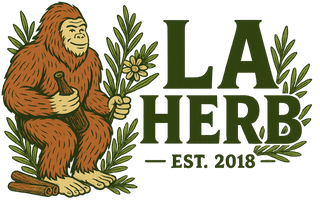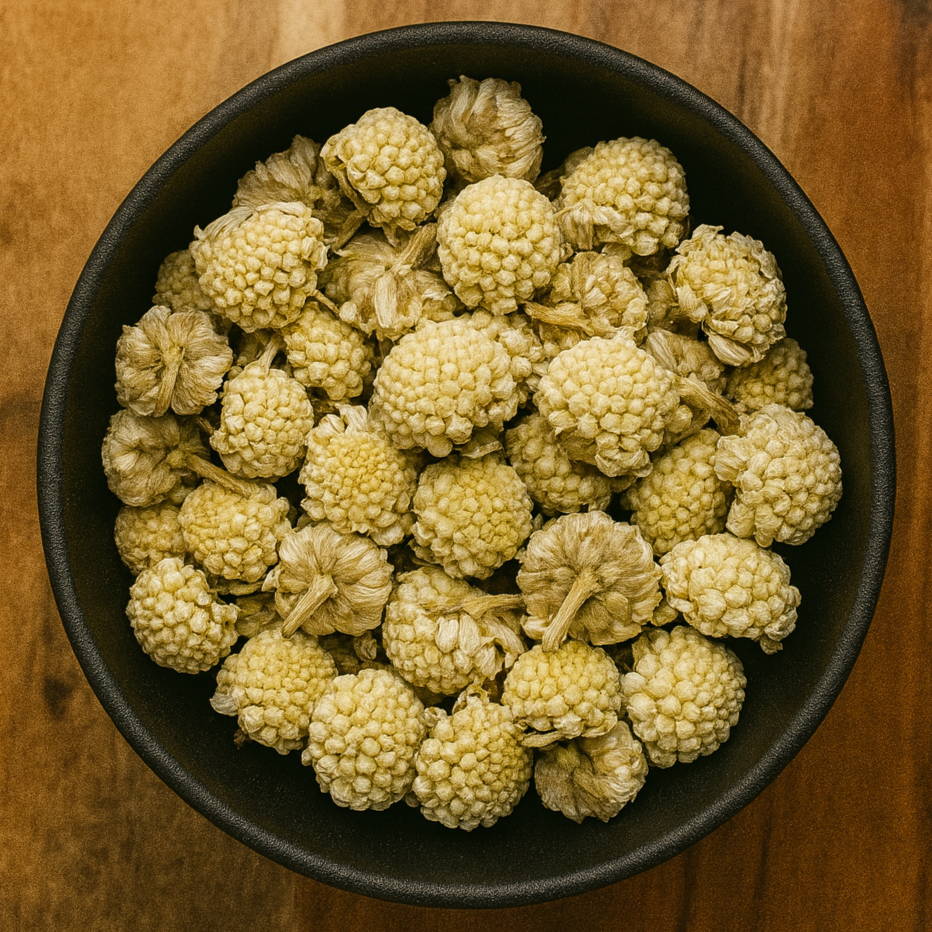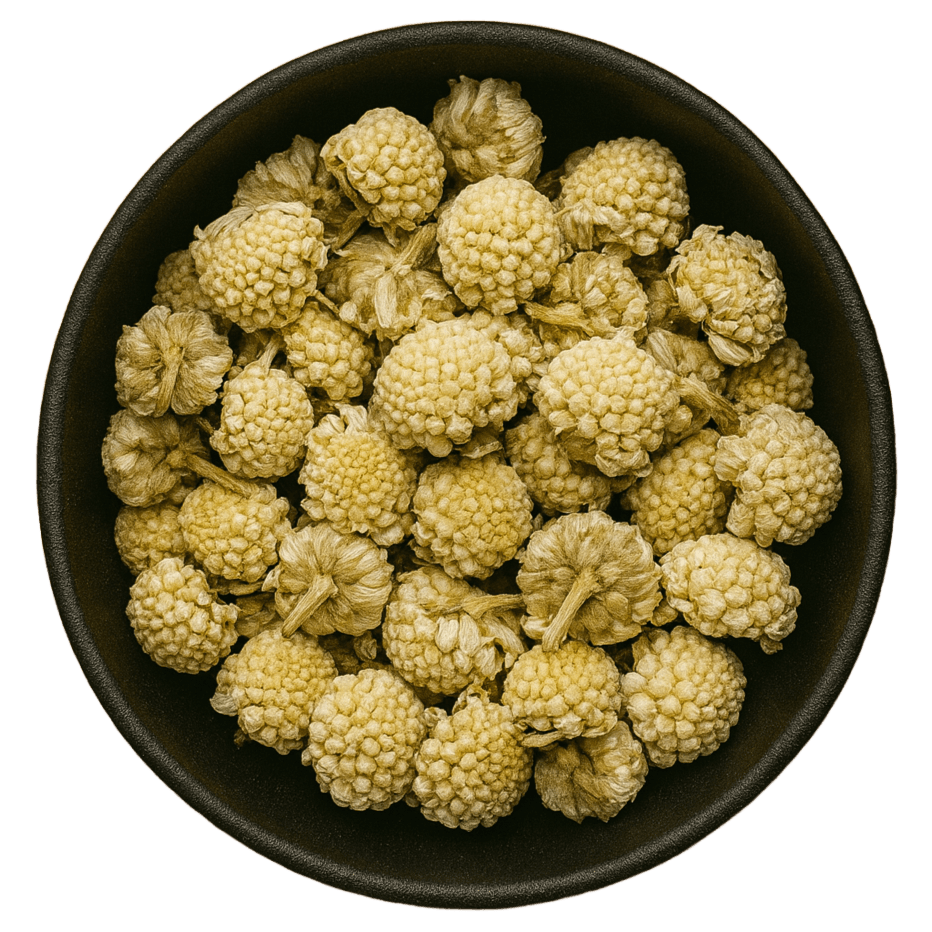Paperbush Flower Whole (Edgeworthia Chrysantha)
Paperbush Flower Whole (Edgeworthia Chrysantha) - 1 oz is backordered and will ship as soon as it is back in stock.
Couldn't load pickup availability
Paperbush Flower Whole (Edgeworthia chrysantha) is the dried blossom of a fragrant shrub native to China, admired for its clusters of golden-yellow flowers, sweet aroma, and traditional medicinal value. Best known as the “Paperbush” for its strong bark fibers used in papermaking, its flowers have also been cherished in Chinese herbal medicine for their restorative and harmonizing properties.
In traditional use, Paperbush Flowers are regarded as a gentle, cooling herb believed to support lung and throat health, ease coughs, and soothe inflammation. They have also been employed to invigorate circulation, calm restlessness, and clear heat from the body. Their fragrant and slightly bitter character makes them a suitable ingredient in decoctions, teas, and wellness formulas aimed at restoring balance and vitality.
Modern studies of Edgeworthia chrysantha have identified flavonoids, phenolic compounds, and aromatic oils that may contribute to anti-inflammatory, antioxidant, and antimicrobial actions. These compounds support the traditional uses of the flower in maintaining respiratory and immune health.
Each batch of Paperbush Flower Whole (Edgeworthia chrysantha) is carefully harvested during its late winter to early spring bloom and gently dried to preserve its golden hue, sweet fragrance, and bioactive qualities. When steeped or decocted, the blossoms release a soothing, lightly aromatic infusion that reflects both their beauty and their therapeutic essence. Valued as both a healing flower and a cultural symbol of renewal, Paperbush Flower offers a unique addition to the herbal apothecary.
Also Known As: Lu Luo Hua, Paperbush Flower, Oriental Paperbush, 三叉花 (Sān Chā Huā), Edgeworthia Flower
Nutrients: Flavonoids, alkaloids, phenolic acids, volatile oils, polysaccharides, trace minerals
Notes: Traditionally used in folk medicine and modern herbal practice for clearing heat, supporting digestion, and aiding weight management. Often prepared as a tea for reducing “internal fire,” soothing sore throat, and supporting cardiovascular health. In TCM, associated with regulating qi and removing phlegm. Rarely used in cuisine — primarily consumed as a medicinal tea or decoction. Caution: Should not be over-consumed; prolonged or excessive use may irritate the stomach.






